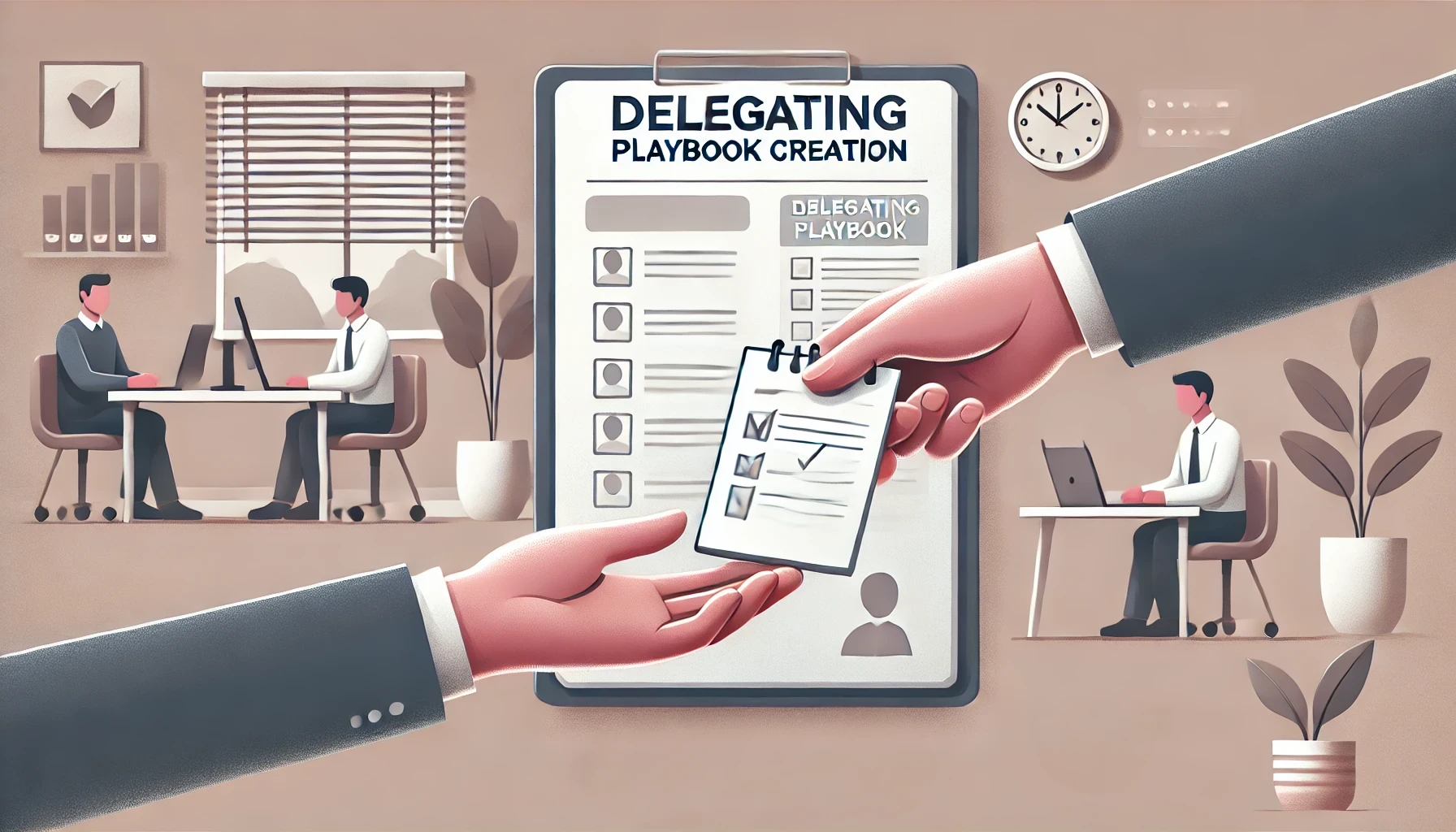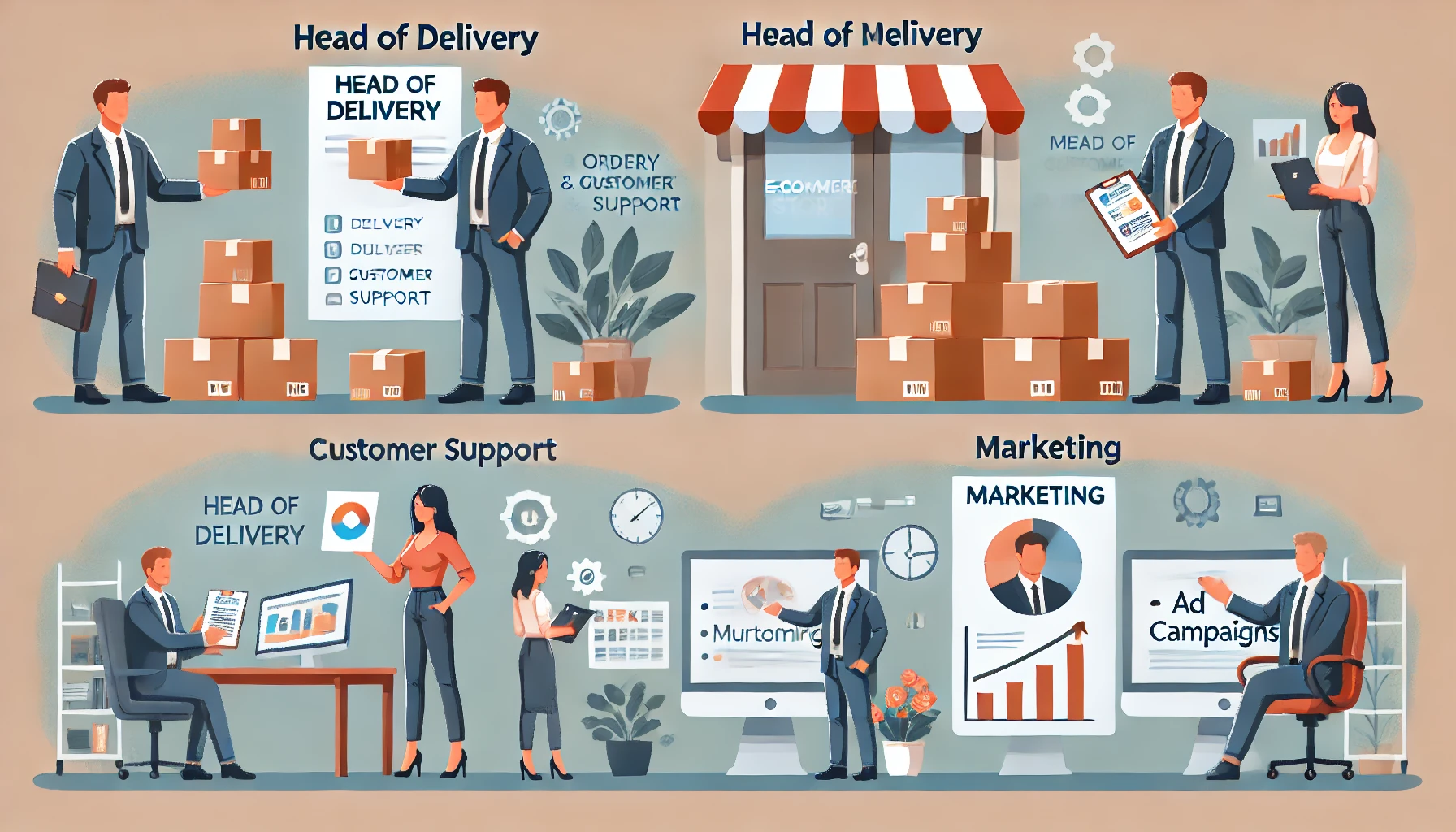Chapter 14, aptly named “The Preloaded Year,” teaches you how to take control of your time by planning out your year in a way that prioritizes what’s most important to you—your “big rocks.”
If you’re an entrepreneur or digital marketer, the lessons here are absolutely invaluable. Let me walk you through some of the key takeaways and how you can apply them in your own life.

What are the Big Rocks?
Stephen Covey’s famous “big rocks” analogy plays a pivotal role in this chapter. The idea is simple yet profound: Imagine you have a jar.
The big rocks represent the most important things in your life—things like family, health, and key business goals. The jar also contains pebbles (less critical tasks) and sand (small, everyday activities).
If you fill the jar with sand and pebbles first, there won’t be enough room for the big rocks. But if you start by placing the big rocks in the jar, you can fit the pebbles and sand around them.
For an online business owner or digital marketer, these “big rocks” could be your major business goals for the year—like launching a new product, hitting specific revenue targets, or expanding into a new market.
When you start your planning with these big rocks, you ensure that your most important objectives are not crowded out by the daily grind.

How to Create Your Preloaded Year
The concept of the Preloaded Year is about taking those big rocks and scheduling them first in your calendar.
Dan Martell suggests doing this every December for the upcoming year. The key is to identify what your big rocks are and make sure they’re non-negotiable in your schedule.
This means no missing out on family birthdays, anniversaries, or critical business events. You’re essentially preloading your year with the most important elements, so they don’t get lost in the shuffle of everyday tasks.
As a digital marketer, your Preloaded Year might include blocking out time for major campaign launches, industry conferences, or product development cycles.
Using tools like Teamly software can help you manage these big events, keeping everything organized and on track.

Batching Pebbles into Big Rocks
Another key strategy from the chapter is batching smaller tasks—pebbles—into bigger tasks.
This is especially useful if there are activities that need to be done annually but don’t quite qualify as big rocks.
For example, rather than scheduling multiple trips to visit different clients throughout the year, why not batch these visits into one comprehensive trip? Or, instead of spreading out networking events, you could consolidate your efforts into one or two major events each year.
This approach allows you to free up more time and energy for the truly critical tasks in your business. It’s all about maximizing efficiency and ensuring that the small stuff doesn’t overwhelm your schedule.

Adding Maintenance and Stress Testing
Maintenance is crucial—both for your business and your personal well-being. In the chapter, Martell talks about how athletes proactively manage their hydration levels to prevent performance dips.
Similarly, you need to schedule regular maintenance into your Preloaded Year to avoid burnout. This could be in the form of quarterly retreats, regular exercise, or simply ensuring you have downtime after major projects.
But it’s not enough just to plan; you need to stress test your calendar too.
This means evaluating whether your schedule is realistic and balanced. For instance, if you’ve packed your schedule too tightly, you might find yourself overwhelmed and unable to enjoy your successes. Stress testing helps you adjust your plans before you’re knee-deep in the year.

Room for Spontaneity
One of the biggest myths about planning is that it kills spontaneity. But as Martell points out, the opposite is true.
By scheduling your big rocks first, you actually create more space for spontaneity. With your major events already locked in, you can say “yes” to impromptu opportunities without the guilt of neglecting important responsibilities.
For instance, if you’re an online business owner and you suddenly get an invitation to a last-minute industry event, you can attend without worrying about missing a critical meeting or deadline because you’ve already accounted for your big rocks in your schedule.
Dream Big, Plan Bigger
In 2007, Martell created a 10X Vision for his life—big, audacious goals that seemed almost unattainable.
By preloading his year and sticking to his plan, he was able to turn these dreams into reality. The key takeaway here is not to be afraid to dream big. Write down your 10X Vision and then use the Preloaded Year to break it down into actionable steps.
The five key rules Martell shares for buying back your time are simple yet powerful:
- Preload your calendar with your big rocks first.
- The more planned your year is, the more room you’ll have for spontaneity.
- Once you’ve made your plan, stick to it—don’t keep making exceptions.
- Use the Preloaded Year to work on your 10X Vision, breaking it down into five-, three-, and one-year goals.
- If an unexpected opportunity arises, ask yourself if it’s a “Hell-yeah!” opportunity. If it is, go for it. If not, stay on course.
To dive deeper into these concepts, I highly recommend grabbing a copy of Buy Back Your Time by Dan Martell. It’s packed with actionable insights that can help you take control of your time and live a more fulfilling life.


















































